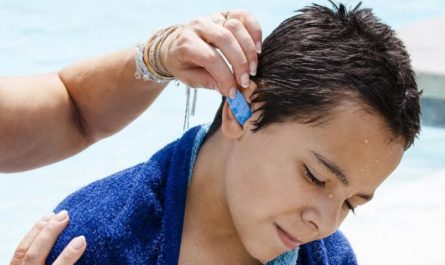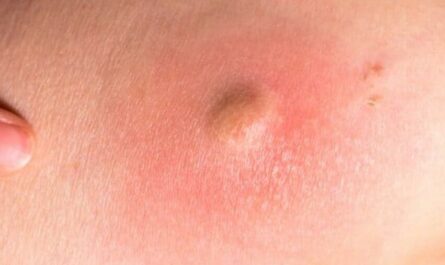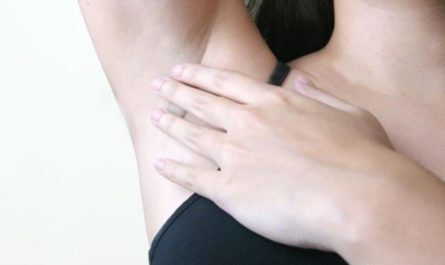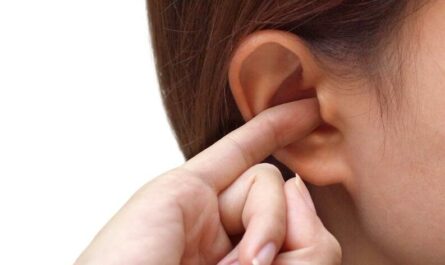Angular cheilitis, also known as perleche, is a common condition characterized by painful cracks or fissures at the corners of the mouth. It can cause discomfort, pain, and embarrassment for those affected. While various factors can contribute to the development of angular cheilitis, such as nutritional deficiencies, yeast infections, or poor oral hygiene, several natural treatments can help alleviate the symptoms and promote healing. In this article, we will explore 12 natural treatments for angular cheilitis.
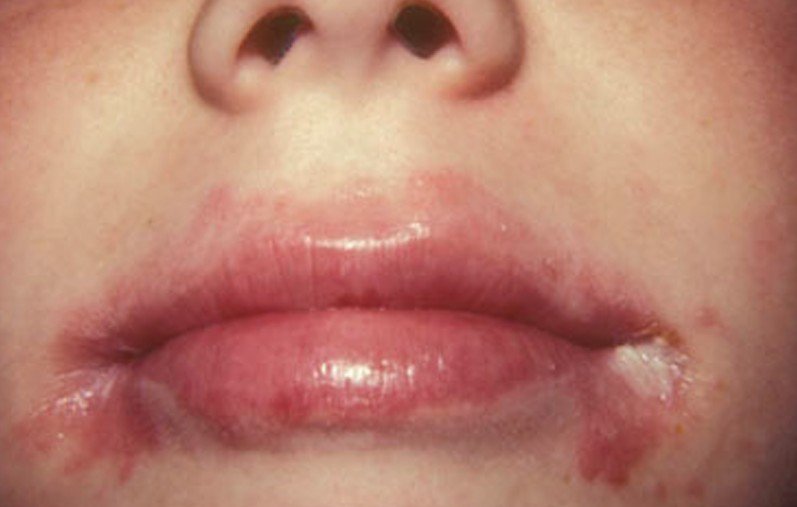
Symptoms of Angular Cheilitis
The symptoms of Angular Cheilitis may be mild or severe, but usually, the first sign of this problem is cracked and dry lips. Three stages from minor, mild to severe angular cheilitis are generally noticed, and their symptoms are:
Minor Angular Cheilitis
Whenever the person suffers from the minor stage of angular cheilitis, the symptoms generally go unnoticed, and the symptoms at this initial stage are:
- Small blistering skin is seen at the corners of the mouth.
- You can also feel stiffness at one or both corners of your mouth.
- You may also feel uneasiness while opening your mouth wide.
Mild Angular Cheilitis
At the mild stage of Angular Cheilitis, the symptoms become noticeable to everyone, and at this stage, most people try to treat this problem with the ChapStick.
- While eating or opening the mouth wide, a noticeable uneasiness is seen on one or both sides of your mouth.
- A crumbling skin also build-up at one or either corner of your mouth.
- Minor puffiness or redness also is seen on the corners of the mouth.
Severe Angular Cheilitis
At this stage, the symptoms of Angular Cheilitis become very prominent, and most people realize that they are no more dealing with chapped lips and that the problem is more than the chapping. At this severe stage of Angular Cheilitis, topical ointment, and Chap Sticks do not help.
- You can feel noticeable discomfort or pain while talking, eating, and moving your mouth.
- Severe and painful blisters appear on one or both sides of the mouth.
- The edges of the mouth also get split, which is very difficult to heal.
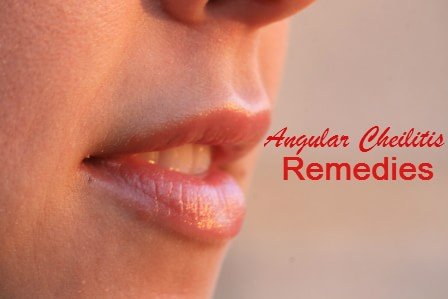
Causes of Angular Cheilitis
Angular cheilitis can have several underlying causes, ranging from environmental factors to medical conditions.
1. Dry and Chapped Lips
Dry and chapped lips create an ideal environment for angular cheilitis to develop. When the delicate skin around the corners of the mouth becomes excessively dry, it can crack and become vulnerable to infection.
2. Fungal Infections
Fungal infections, particularly those caused by the Candida albicans fungus, commonly cause angular cheilitis. Candida thrives in warm and moist environments, making the corners of the mouth an inviting breeding ground.
3. Bacterial Infections
Bacterial infections can also play a role in the development of angular cheilitis. Bacteria, such as Staphylococcus aureus or Streptococcus species, in the corners of the mouth, can cause inflammation and irritation, resulting in painful cracks.
4. Nutritional Deficiencies
Deficiencies in essential nutrients, such as vitamin B2 (riboflavin), vitamin B3 (niacin), iron, or zinc, can increase the susceptibility to angular cheilitis.
These nutrients are vital for maintaining healthy skin and promoting wound healing. Inadequate intake or impaired absorption of these nutrients can weaken the skin’s integrity, making it more prone to inflammation.
5. Allergies and Irritants
Exposure to allergens and irritants can trigger angular cheilitis in susceptible individuals. Certain cosmetic products, lip balms, toothpaste ingredients, or even certain foods can cause an allergic reaction or irritate the delicate skin around the mouth.
Repeated exposure to these allergens and irritants can lead to persistent inflammation and angular cheilitis.
6. Oral Habits
Certain oral habits can contribute to the development of angular cheilitis. Constantly licking the lips, biting the corners of the mouth, or forcefully rubbing the lips can damage the skin and create an environment conducive to infection. These habits can further exacerbate existing cracks and prolong the healing process.
12 Natural Treatments for Angular Cheilitis
Here are some simple and effective natural treatments to cure Angular Cheilitis given below:
1. Proper Hydration
One of the simplest yet effective ways to combat angular cheilitis is by ensuring proper hydration. Drinking adequate water throughout the day helps keep your body hydrated and promotes overall skin health. Well-hydrated skin is less prone to dryness and cracking, reducing the risk of developing angular cheilitis.
Drink at least 8 glasses of water daily to keep your body well-hydrated. Hydrated skin is less prone to dryness and cracking, reducing the risk of angular cheilitis.
2. Maintain Oral Hygiene
Maintaining good oral hygiene is crucial in preventing and treating angular cheilitis. Regularly brushing your teeth, using a gentle toothbrush, and flossing can help remove bacteria from your mouth and prevent infections that can contribute to the condition.
Additionally, it is important to keep your lips clean and moisturized by using a mild lip balm or petroleum jelly.
Brush your teeth twice a day with a gentle toothbrush and fluoride toothpaste. Floss daily to remove bacteria and food particles between your teeth and gums. Use a mild lip balm or petroleum jelly to keep your lips moisturized and prevent dryness.
3. Aloe Vera Gel
Aloe vera gel is well-known for its soothing and healing properties. Applying a small amount of aloe vera gel to the affected area can help alleviate the discomfort associated with angular cheilitis and promote faster healing.
Aloe vera also has antibacterial properties that can help prevent secondary infections.
Apply a thin layer of pure aloe vera gel extracted from the leaf of an aloe vera plant to the affected area. Aloe vera has soothing and healing properties that can help reduce inflammation and promote faster healing.
4. Honey
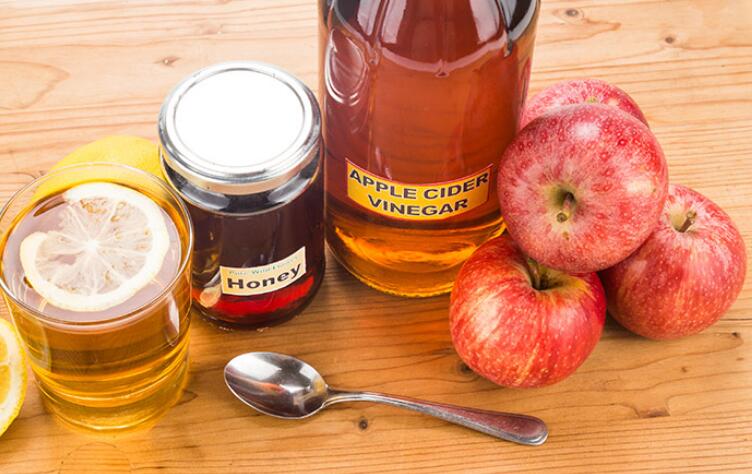
Honey is a natural humectant with antimicrobial properties, making it an excellent natural treatment for angular cheilitis. Applying a thin layer of honey to the affected area can help moisturize the skin, reduce inflammation, and prevent infection. Make sure to use raw, organic honey for best results.
Apply raw, organic honey to the cracked corners of your mouth. Honey acts as a natural humectant, drawing moisture to the skin. It also has antimicrobial properties that can help prevent infection and reduce inflammation.
5. Coconut Oil
Coconut oil is a versatile natural remedy that can be used to treat various skin conditions, including angular cheilitis. Its moisturizing and antimicrobial properties can help soothe cracked lips, reduce inflammation, and promote healing.
Gently apply organic coconut oil to the affected area several times a day. Coconut oil moisturizes the skin, reduces inflammation, and has antimicrobial properties that can prevent secondary infections.
6. Vitamin E Oil
Vitamin E oil is known for its skin-nourishing and healing properties. Applying vitamin E oil to the cracked corners of your mouth can help moisturize the skin, reduce pain, and aid in the healing process.
Puncture a vitamin E capsule and apply the oil directly to the cracked corners of your mouth. Vitamin E oil nourishes the skin, reduces pain and inflammation, and promotes healing.
7. Tea Tree Oil
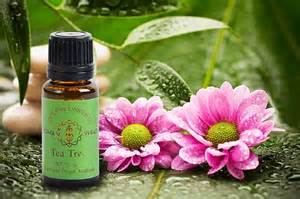
Tea tree oil possesses powerful antifungal and antibacterial properties, making it an effective treatment for angular cheilitis caused by fungal or bacterial infections.
Dilute a few drops of tea tree oil in carrier oil, such as coconut oil or olive oil. Apply the diluted mixture to the affected area. Tea tree oil has antifungal and antibacterial properties that can help combat fungal or bacterial infections associated with angular cheilitis. Be cautious not to use undiluted tea tree oil directly on the skin, as it may cause irritation.
8. Chamomile Compress
Chamomile has soothing and anti-inflammatory properties that can help alleviate the discomfort and inflammation associated with angular cheilitis.
Brew a cup of chamomile tea and allow it to cool. Soak a clean cloth in the tea, wring out the excess liquid, and apply it as a compress to the affected area. Chamomile has anti-inflammatory properties that can help soothe inflammation and alleviate discomfort.
9. Cucumber Slices
Cucumber slices can relieve the pain and inflammation caused by angular cheilitis. The coolness of the cucumber helps soothe the affected area, while the natural antioxidants in the cucumber promote healing.
Place chilled cucumber slices on the corners of your mouth for about 10 minutes, several times a day. Cucumber provides a cooling effect, reduces pain and inflammation, and contains antioxidants that promote healing.
10. Zinc Supplements
Zinc is an essential mineral that plays a crucial role in wound healing and immune function. A deficiency in zinc can contribute to the development of angular cheilitis.
Taking zinc supplements under the guidance of a healthcare professional can help boost your zinc levels and promote the healing of the cracked corners of your mouth.
11. B-complex Vitamins
B-complex vitamins, including B2 (riboflavin) and B3 (niacin), are important for maintaining healthy skin and promoting wound healing. Incorporating foods rich in B-complex vitamins, such as whole grains, legumes, nuts, and leafy greens, into your diet can help prevent and alleviate angular cheilitis.
12. Balanced Diet
Maintaining a balanced diet that includes a variety of nutrient-dense foods is essential for overall health and can contribute to the prevention and treatment of angular cheilitis.
Ensure that your diet includes adequate vitamins, minerals, and essential fatty acids to support healthy skin and immune function.
Frequently Asked Questions
1. What is angular cheilitis?
Angular cheilitis is a condition characterized by the presence of painful cracks or fissures at the corners of the mouth. It can cause discomfort, pain, and inflammation.
2. What causes angular cheilitis?
Angular cheilitis can be caused by various factors, including nutritional deficiencies, yeast or bacterial infections, poor oral hygiene, and certain underlying medical conditions.
3. Are there any natural treatments for angular cheilitis?
Yes, there are several natural treatments for angular cheilitis, including proper hydration, maintaining oral hygiene, using aloe vera gel, honey, coconut oil, vitamin E oil, tea tree oil, chamomile compress, cucumber slices, and incorporating zinc and B-complex vitamins into your diet.
4. Can angular cheilitis be prevented?
By practicing good oral hygiene, maintaining proper hydration, and ensuring a balanced diet, you can reduce the risk of developing angular cheilitis. Avoiding excessive moisture and keeping the corners of your mouth dry can also help prevent the condition.
5. When should I see a healthcare professional?
If your angular cheilitis does not improve with home remedies, worsens, or becomes accompanied by severe pain, swelling, or signs of infection, it is advisable to seek medical attention for further evaluation and appropriate treatment.
6. How long does it take for angular cheilitis to heal?
The healing time for angular cheilitis can vary depending on the severity of the condition and individual factors. With proper treatment and care, most cases of angular cheilitis heal within a few days to a couple of weeks.


